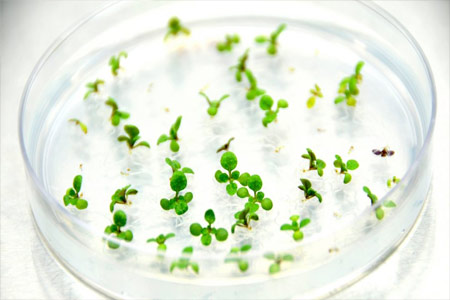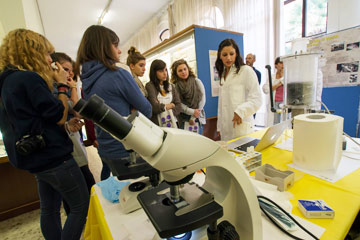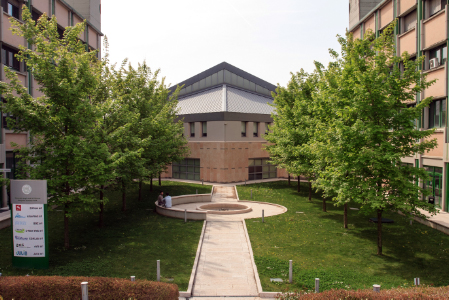A hallmark of eukaryotic cells is the evolution of subcellular compartments to ensure that specific biochemical reactions and cellular functions occur in a spatially restricted manner. Historically, only membrane-bound organelles, specified by their unique composition of phospholipids, were thought to confine a specialized array of molecules to different subcellular compartments. Recent studies have revolutionized this view: biomolecular condensation driven by liquid-liquid phase separation has emerged as an essential strategy to confine diverse cellular functions. With the rapid identification of different membraneless compartments comes a similar explosion of distinct domains between the Endoplasmic Reticulum (ER) and other organelles, known as membrane contact sites, which work as signaling hubs. Intriguingly, these two types of structures interact intimately, and their coordinated actions ensure spatiotemporal control of various cellular functions.
The dynamic nature of these compartments requires rapid and flexible adaptation. Ubiquitylation is an exciting and yet uncharacterized candidate for such regulation, and our published and unpublished data sustain this hypothesis. In this proposal, we intend to elucidate how ubiquitylation governs neuronal homeostasis. We will focus on neurons as these highly polarized cells have an additional demand for rapid responses and, thus, ready-to-use machinery, and they are highly susceptible to alterations of the ubiquitylation process. By addressing these issues, we expect to provide advancement in:
i) the role of ubiquitylation in dynamic cellular compartmentalization and ii) the role of ubiquitylation in neuronal peripheral protein synthesis.







